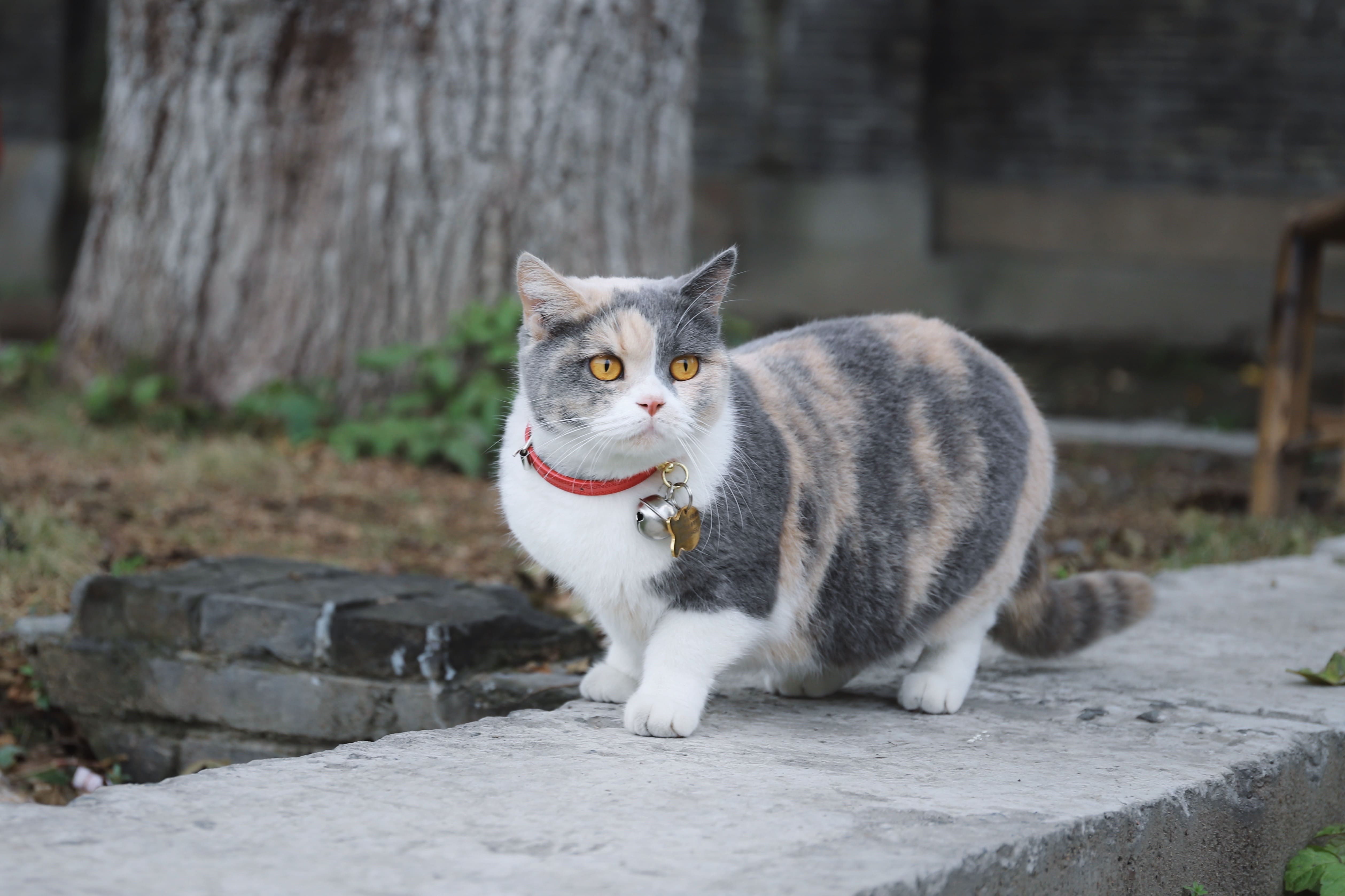If you're a cat owner, you may have noticed a loose flap of skin on your feline friend's belly. This flap is known as the primordial pouch, and it's not unique to overweight cats. In fact, many healthy cats have this feature. But what is it and why do cats have it? Let's explore this topic in depth.
What Is a Cat's Primordial Pouch?
The primordial pouch is a flap of skin that hangs below a cat's belly. It's located between the cat's hind legs and extends to the lower abdomen. The pouch is not present in all cats, but it's a common feature among felines, regardless of their breed or gender.
The size of the primordial pouch varies from one cat to another. Some cats have a small pouch that's barely noticeable, while others have a larger pouch that hangs more prominently. The pouch is not a sign of obesity, as even cats that are in good shape can have one.
Why Do Cats Have a Primordial Pouch?
The primordial pouch is a natural feature of cats, and it has several possible functions. Here are some of the theories that explain why cats have this pouch:
- Protection: The primordial pouch is believed to protect cats during fights or when hunting. The loose skin can stretch and move without tearing, which helps to prevent injuries to the cat's vital organs.
- Storage: The pouch can also serve as a storage area for food and water. In the wild, cats may go for long periods without eating or drinking, so having a pouch to store resources could be helpful.
- Flexibility: The pouch may also provide cats with extra flexibility and agility. When a cat runs, jumps or climbs, the loose skin on the belly can stretch and move without restricting movement.
These are just some of the theories behind the primordial pouch, and the truth is that we don't know for sure why cats have it. It's possible that the pouch serves multiple functions, or it may be a vestigial trait from the cat's evolutionary past.
What Causes a Cat-Hanging Belly?
If you notice that your cat has a hanging belly, it's important to determine whether it's a primordial pouch or a sign of obesity. Here are some ways to tell the difference:
- Feel the belly: If the belly is soft and squishy, it's likely a primordial pouch. If the belly is firm and round, it may be a sign of excess fat.
- Check the weight: A healthy weight for a cat depends on their breed, age, and size. However, if your cat is overweight, it's important to address this issue to avoid health problems.
- Watch for other signs: In addition to a hanging belly, an overweight cat may have a round face, thick neck, and difficulty moving around.
Breeds that Tend to Have a Cat Belly Pouch
While the cat belly pouch is not exclusive to any breed, some cats are more likely to have this feature than others. Here are some breeds that tend to have a primordial pouch:
- Abyssinian: This breed is known for its slender body and athletic build. However, many Abyssinians also have a noticeable primordial pouch.
- Bengal: Bengals are active and muscular cats that have a wild appearance. They also tend to have a noticeable primordial pouch.
Is my cat overweight or is it just his primordial pouch?
It can be difficult to determine whether your cat's hanging belly is a primordial pouch or a sign of obesity. However, if you're concerned about your cat's weight, it's important to consult with your veterinarian. They can perform a physical exam and help you determine whether your cat is at a healthy weight.
If your cat is overweight, it's important to address the issue as soon as possible. Obesity can lead to a variety of health problems, including diabetes, joint problems, and heart disease. Here are some tips to help your cat lose weight:
- Adjust their diet: Feeding your cat a balanced and nutritious diet is essential for maintaining a healthy weight. Talk to your veterinarian about the best diet for your cat, and make sure to measure their food portions to avoid overfeeding.
- Increase their exercise: Exercise is crucial for helping cats burn calories and maintain a healthy weight. Encourage your cat to play and exercise by providing toys and opportunities for activity.
- Monitor their progress: Keep track of your cat's weight and monitor their progress over time. If your cat is not losing weight or is losing weight too quickly, consult with your veterinarian to adjust their diet and exercise routine.
In conclusion, the primordial pouch is a natural feature of cats that serves a variety of possible functions. While it's not exclusive to any breed, some cats are more likely to have a noticeable pouch than others.
If you're concerned about your cat's weight, it's important to consult with your veterinarian to determine whether they are at a healthy weight and to take steps to address any weight issues. By providing your cat with a balanced diet and opportunities for exercise, you can help them maintain a healthy weight and live a happy and active life.
Maybe you are interesting in discovering the best cat litter to your cat: classic, clumping cat litter or plant based litter.

